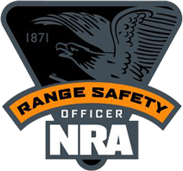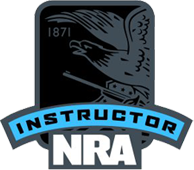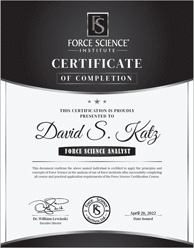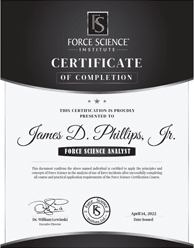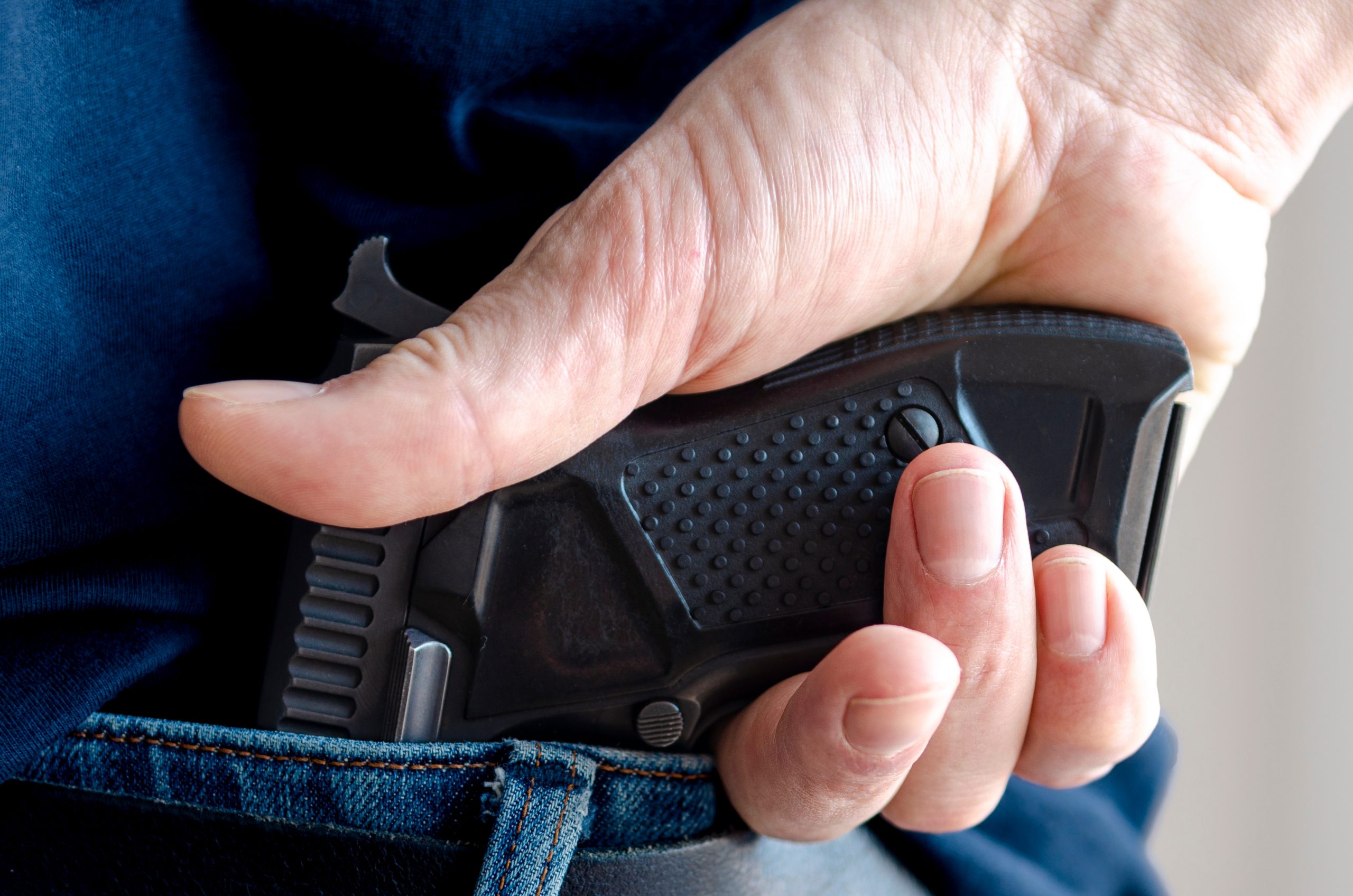
- May 03, 2022
- |
- Defending Others,Self Defense
When is it Self-Defense?
By: Fred Mastison
For those that keep and carry a defensive firearm, the thing we dread the most is actually having to draw our gun, even in self-defense. Contrary to media depictions, a vast majority of gun owners do not seek confrontation and do everything possible to avoid danger. Inside the gun community, we still need to discuss the question of “When is it self-defense?” This question is one we need to spend as much time on as we do our draw. Training the mind and conditioning the decision-making process is an often-overlooked part of our complete skillset.
At the core of this discussion is where we are in our minds when the decision to draw is made. Without question, it will be stressful and frightening, but we must do our best to make an intellectual decision as opposed to an emotional one. This can be difficult to discern which is why the discussion and training on this topic are critical. Drawing your gun too soon or in the wrong situation can land you in legal trouble. At the same time waiting too long or hesitating can be a lethal mistake.
Enhance your self-defense decision making
Like any mechanical skill in shooting, you can enhance your decision-making process through training. Set up situations in your mind or on the range and practice responding. This will give you at least a base to work off and help you make solid decisions in the heat of the moment. When setting up these scenarios, we need to have a baseline for defensive firearms use. While some may have other criteria, my basic rules are:
Is my life or a loved one’s life being directly threatened?
Am I able to escape the situation safely?
Is deadly force an intellectual response to this situation or an emotional response?
This last criterion is the one most people struggle with. One of the worst things you can do is present a weapon or shoot someone out of anger or other emotional states. While your neighbor may have made you furious during an argument over property lines, this is not a justification to shoot them. We must always keep a cool head. As a general rule, deadly force is permitted when you are faced with an immediate inescapable threat to your life. Some states have “stand your ground” type laws while others say you have a duty to retreat when confronted with deadly force. You need to know the laws in your jurisdiction and train accordingly.
In some states the rules for defending a third party are different than those for self-defense
This also brings up the question of interceding on behalf of a victim facing harm. States like Arizona and Texas allow for this while others do not. Once again, you need to understand the laws in your location. While putting on the superhero cape and running to the rescue has its appeal it also has some downsides. The first is that you are putting yourself in harm’s way. This could lead to severe injury or even death if it goes sideways on you. It can lead to legal issues as well. A scenario I lay out in classes is this; You are in a mall and hear shooting nearby. People are screaming and running. You are unable to see the gunman as you look in the direction of the shots. Out of the corner of your eye, you see a man in black with a handgun moving in your direction. What do you do? While most people might emotionally jump in and say “shoot him” we need to make an intellectual decision. Is this man a concealed carrier like you and he is responding to the shots?” Now it’s not so clear and we realize we need to think before we act. What is the right answer? Well, it is difficult to say in this scenario which is why I suggest that unless you are 100% certain, then you need to retreat.
Being completely prepared for self-defense situations
If the day comes that the worst-case scenario happens, you need to be prepared and truly understand just when it is self-defense. The internet is awash with videos demonstrating less than solid firearms actions. People shooting neighbors over squabbles, store clerks shooting criminals for stealing beer, and the always present road rage incidents. Presenting and firing a gun against another human being must only be done as a last resort to defend your life. Shooting out of anger or frustration is a recipe for disaster and must be avoided. It will be impossible to prove that you were defending yourself when the jury finds you fired six rounds into the back of a car that cut you off. This is also the perfect time to remind you to have an attorney on speed dial. Even if things are clearly laid out in your favor, there will be a legal labyrinth to navigate. You do not want to do it alone. There are even excellent insurance programs that cover these services such as U.S. LawShield. Carrying a defensive firearm requires a great deal more thought and training than most people realize. If you are serious about it, however, you will do everything in your power to be completely prepared for an event you hope never happens.
To learn about how Florida law would apply in the situations discussed, click on the links in the article.
This article was written by Fred Mastison
Fred Mastison Bio:
Fred Mastison is a professional firearm, combatives instructor and executive protection provider and trainer. He is an adjunct instructor for the National Association of Chiefs of Police and is also a reserve police officer. He has been training in firearms and close quarter combatives for over three decades. He holds 17 separate state law enforcement course certifications around the U.S. and is a certifying instructor for law enforcement firearms and defensive tactics instructors. He is also a national magazine contributor and has written over 800 articles for 27 different magazines
Get in touch

"*" indicates required fields
Copyright © 2022-2025 The Firearm Firm All rights reserved.














